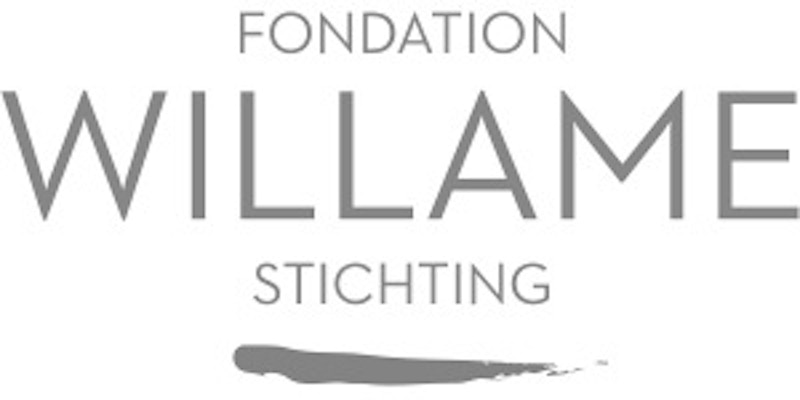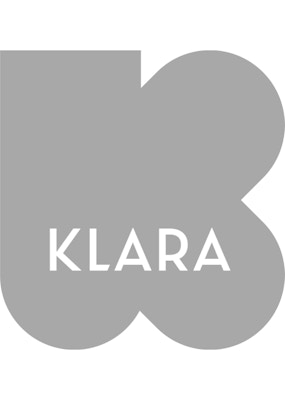Kees Goudzwaard
Kees Goudzwaard is an unobtrusive figure in the art world and attendant media. He lets his works speak for themselves. At the very most, he only allows himself to hint at their possible reading via the occasional evocative title. Goudzwaard’s oeuvre principally comprises oil paintings on canvas, but also screen prints and several large murals, the latter of which are found in Mexico City and Genoa, amongst other places.
Goudzwaard bases his oil paintings on physical models made entirely from tape or on assemblages of tape, paper and/or colour film. Once he achieves a balanced composition, the painter transfers the full-size image to the canvas using thin, transparent layers of paint. The model is then destroyed as though it had never existed.
Although Goudzwaard’s compositional techniques are highly palpable – partly because of the scale of the works – he never allows us to compare the painting and the model. At every stage of the creative process, Goudzwaard seems to strive towards making the object before him coincide with the representation. The design (the model), execution (the painting) and the act of contemplation are three radically different things for the artist, who wants the paintings to be our sole focus of attention.
While Kees Goudzwaard’s works could be dismissed as technically virtuoso depictions of compositions executed in banal materials, he nevertheless succeeds in provoking in-depth art-critical and philosophical analyses. His paintings have a connection to art history and touch upon a host of important pictorial themes and movements. Examples include seventeenth-century trompe l’oeil, Dutch still lifes, Cubist collages, the autonomy of the artwork in abstract painting, fundamental painting and minimal art.
Goudzwaard integrated texts and other visual elements into his paintings in the late 1990s. Later, he again limited his compositions to constructions of paper and tape. The majority of these works are characterised by a rhythmic succession of their building blocks, either in juxtaposition or within a grid. In so doing, he no longer needs to justify his compositions.
Goudzwaard paints without texture. His hand is recognisable only where the pieces of tape are torn away. In certain paintings, the relationship between tape and paper indicate that the model was created vertically. Then, in anticipation of gravity, the tape is only at the top edge of the paper. In other works, the tape surrounds the sheet, from which we understand that we are looking at a bird’s eye view of what was once a horizontal plane.
















